12 September 2024
 A novel approach to learning English is helping international students grasp the technical terms used in complex disciplines like engineering, helping them better prepare for study and work in Australia.
A novel approach to learning English is helping international students grasp the technical terms used in complex disciplines like engineering, helping them better prepare for study and work in Australia.
Using immersive virtual reality (i-VR) – a technology where, through use of a headset and controllers, a user can navigate myriad virtual environments – researchers at the University of South Australia have created engineering-specific scenarios where students can practice their engineering skills, using language that is specific to the job.
It’s a timely initiative that not only addresses concerns around English proficiencies of international students at universities, but also Australia’s growing need for skilled engineers to cater for the current skills shortage.
Australia is experiencing an engineering slump, with demand significantly outpacing supply. The majority (63%) of Australia's engineering workforce is born overseas, with Australia competing with other countries to attract skilled migrant engineers.
UniSA researcher and PhD candidate Ada Yao says the i-VR modules language interventions hope to upskill international students and provide Australia with a steady stream of highly capable engineering students and job-ready graduates.
“Australia needs more engineers, but with only 6%-12% of secondary students choosing to study STEM subjects, supply cannot meet demand,” Yao says.
“Now, engineering bodies are forewarning that Australia will be short 200,000 engineers by 2040 which could jeopardise major infrastructure projects and impact economic growth.
“International students can play a crucial role in filling STEM gaps, however in courses like engineering, it can be more difficult to explain and decipher complex engineering concepts, let alone discuss more advanced applications with peers and colleagues.
“Through i-VR we’re able to better train and nurture international students within a structured and supportive environment – not only using plain English, but also the technical and academic language used in that profession – so that we can build the engineering workforce for the future.”
Partnering with An De College in China, the i-VR engineering language modules are currently being developed with Chinese students, with the programs used at different parts of their move to Australia - before arrival, during their transition, and at their host institution.
“I-VR presents a valuable, realistic, and relevant context that helps encourage and build English language skills among international students,” Yao says.
“While we’re currently focussing on engineering modules, i-VR language units could easily translate to other fields and disciplines.
“Learning and adopting a foreign language is a challenge in anyone’s book, but through effective communication and using platforms like i-VR we can help international students elevate their English skills and help them succeed and excel in Australia.”
…………………………………………………………………………………………………………………………
Media contacts:
Annabel Mansfield M: +61 479 182 489 E: Annabel.Mansfield@unisa.edu.au
Maddie Rawlings E: Maddie.Rawlings@unisa.edu.au
Researcher: Ada Yau E: Yixuan.Yao@unisa.edu.au




